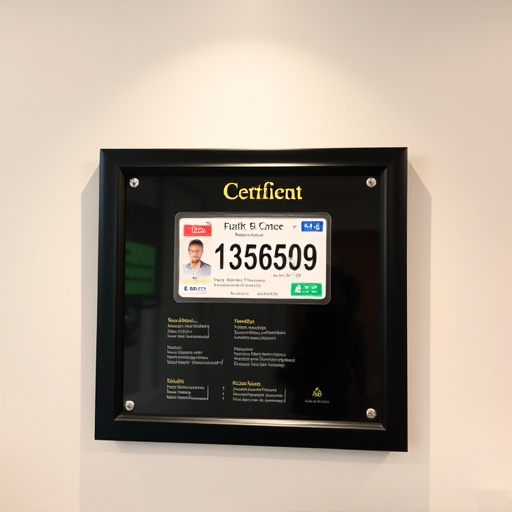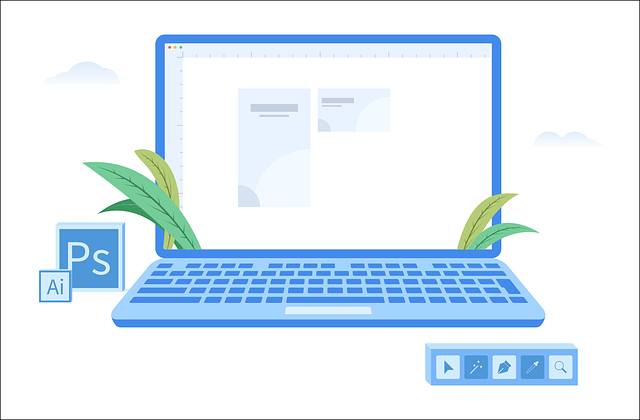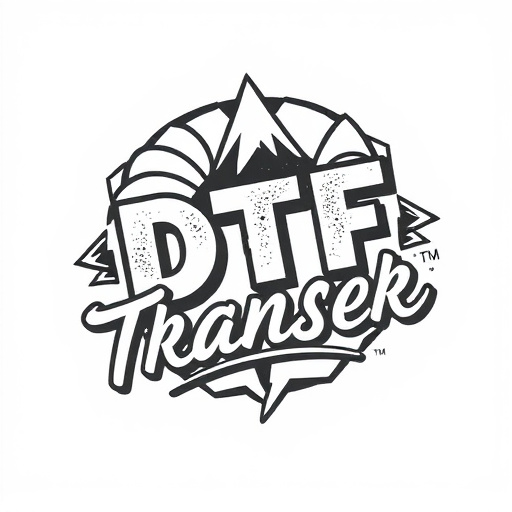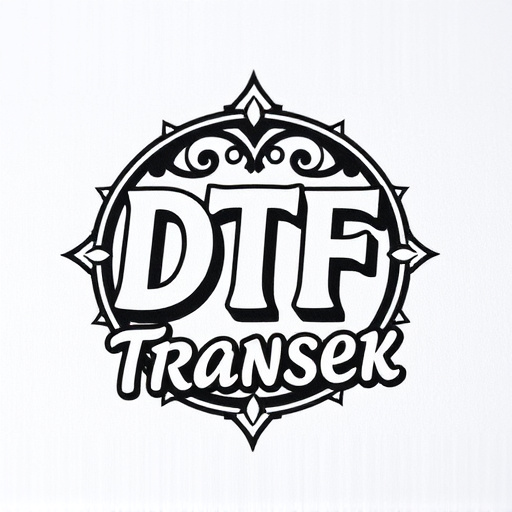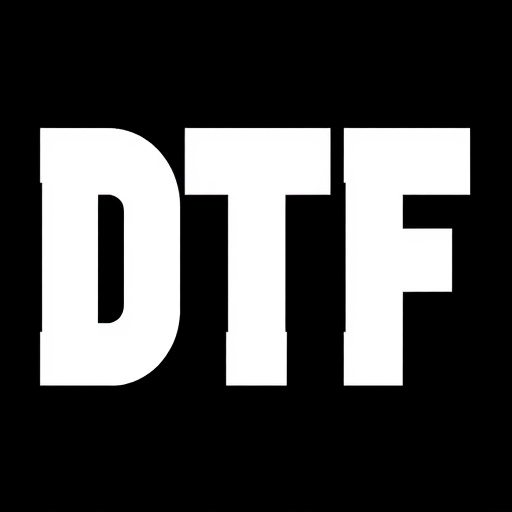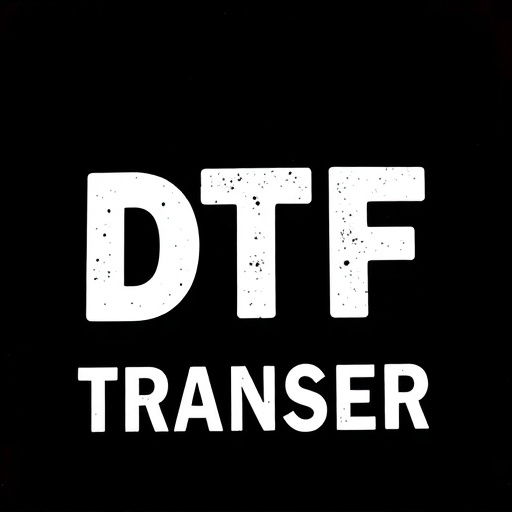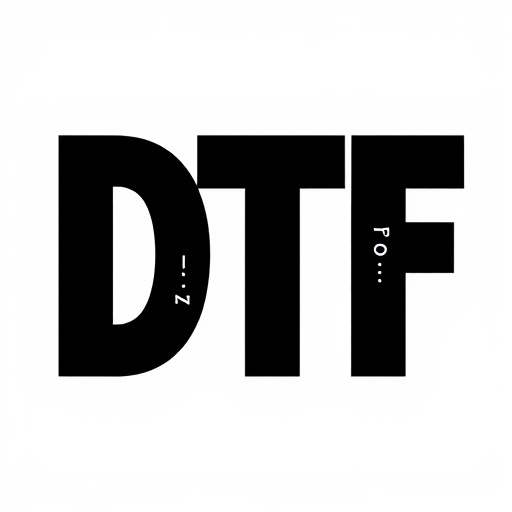Direct-to-Film (DTF) transfer is a cutting-edge printing method revolutionizing film and photography production. It offers precise, high-quality prints with efficient material utilization, ideal for small batches or custom orders. The process involves transferring digital images directly to film stock without intermediate files, ensuring exceptional color accuracy and detail. Dimensional considerations are vital, with resolution balancing aesthetics and functionality. Choosing the right substrate, from vinyl for outdoor durability to fine detail reproduction papers, is key. Printing techniques like UV curing and inkjet printing offer faster production and flexible design options. DTF technology is proven in industries like packaging, signage, and advertising, providing vibrant, durable solutions with rapid turnaround times.
In the realm of printing, Direct-to-Film (DTF) transfer has emerged as a game-changer. This innovative process allows for precise and vibrant prints directly onto various substrates, opening up a world of creative possibilities. However, navigating DTF transfers involves careful consideration of dimensional aspects to ensure optimal results. From substrate choice to printing techniques, every step influences the final dimensional accuracy. This article explores these intricacies, providing insights into achieving exceptional DTF prints.
- Understanding Direct-to-Film (DTF) Transfer: A Brief Overview
- Dimensional Considerations for DTF Transfer Orders
- Choosing the Right Substrate for Your DTF Prints
- Printing Techniques and Their Impact on DTF Quality
- Enhancing Dimensional Accuracy in DTF Transfers
- Case Studies: Real-World Applications of DTF Printing
Understanding Direct-to-Film (DTF) Transfer: A Brief Overview
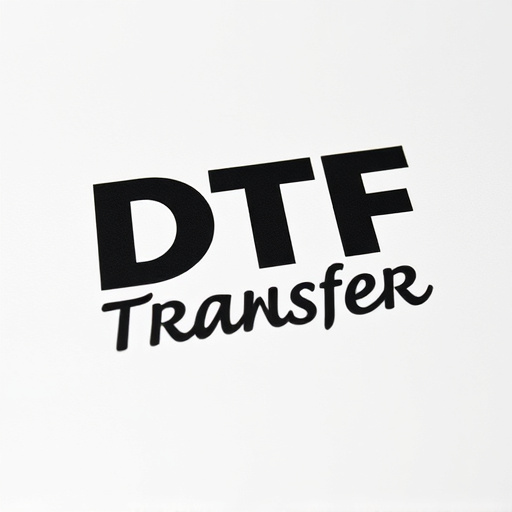
Direct-to-Film (DTF) transfer is a cutting-edge printing technique that has revolutionized the way we create and reproduce visuals, especially in the film and photography industries. This process involves transferring digital images directly onto film stock, offering an efficient and precise method for creating high-quality prints without intermediate file formats. DTF Printing allows artists and professionals to work with a physical medium, ensuring accurate color representation and fine detail reproduction.
By omitting the need for traditional printing plates, DTF offers a swift and versatile solution. It is particularly beneficial for small batch runs or custom orders, as it provides an affordable way to produce unique prints while maintaining exceptional standards. Whether for motion pictures, animation, or fine art photography, DTF Transfer has become a preferred choice for those seeking an alternative to conventional printing methods, ensuring that the final prints closely mirror the original digital image.
Dimensional Considerations for DTF Transfer Orders

When placing a direct-to-film (DTF) transfer order, dimensional considerations play a crucial role in ensuring high-quality prints and optimal use of materials. The size and resolution of the design directly impact the final product, affecting both aesthetic appeal and practical functionality. For instance, larger designs might require more film to cover the entire area, impacting costs and wastage, while higher resolutions can produce finer details but necessitate greater precision during application.
DTF Printing specialists often need to balance these factors based on client requirements. In some cases, such as intricate logos or detailed illustrations, a higher resolution is essential. Conversely, simpler graphics or larger banners may suffice with lower settings. Understanding the relationship between dimensions and DTF transfer techniques allows printers to make informed decisions, delivering prints that meet both visual expectations and practical needs.
Choosing the Right Substrate for Your DTF Prints
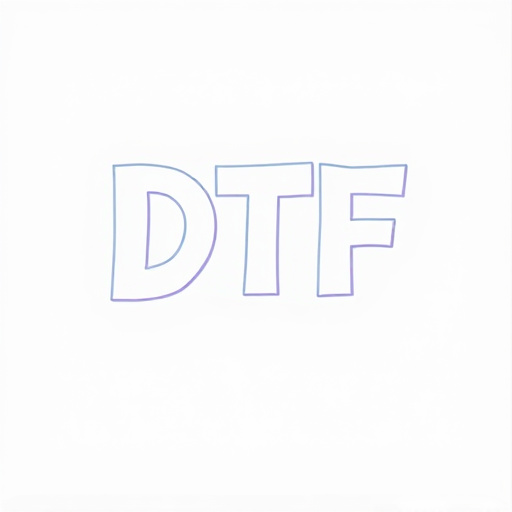
Selecting the appropriate substrate for your direct-to-film (DTF) transfer prints is a pivotal decision that significantly impacts the outcome and durability of your final product. The choice depends on various factors, including the intended use of the print, desired visual effect, and specific DTF printing techniques employed. For example, vinyl is a popular option due to its versatility and ability to withstand outdoor conditions when treated with UV protective coatings. This substrate works well for signs, decals, and graphics that need to be long-lasting.
On the other hand, for more intricate designs or when achieving a soft, watercolor-like effect is desired, materials like transfer film or specialized paper might be preferable. These options allow for fine detail reproduction and can provide a unique aesthetic. Always consider factors such as print resolution requirements, colorfastness, and whether the DTF prints will be exposed to elements like sunlight or moisture, guiding your selection of the most suitable substrate for your specific project needs.
Printing Techniques and Their Impact on DTF Quality
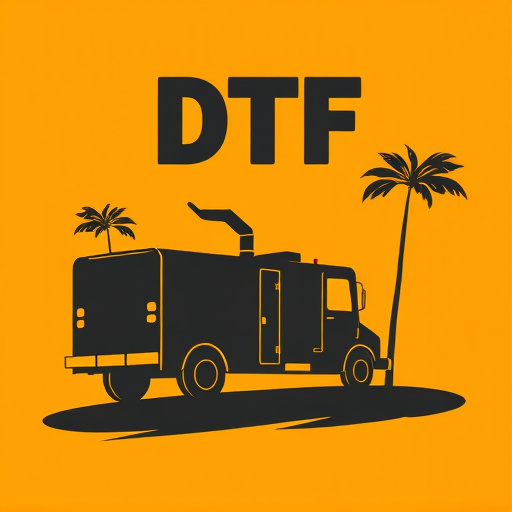
The quality of a Direct-to-Film (DTF) transfer is significantly influenced by the printing techniques employed. DTF Printing offers a range of options, each with unique advantages and considerations. Traditional screen printing, for instance, involves the use of meshes to apply ink, resulting in vibrant, durable DTFs. This method excels in producing high-resolution prints on various materials but may require more setup time and be less suitable for small, intricate designs.
On the other hand, modern digital printing technologies like UV curing and direct inkjet printing enable finer detail reproduction and more flexible design possibilities. UV printers cure ink instantly upon exposure to light, leading to faster production times. Inkjet printers, while offering exceptional color accuracy, may be less robust for high-volume orders. The choice between these techniques ultimately depends on factors such as desired print complexity, order quantity, and the specific requirements of the final DTF prints.
Enhancing Dimensional Accuracy in DTF Transfers
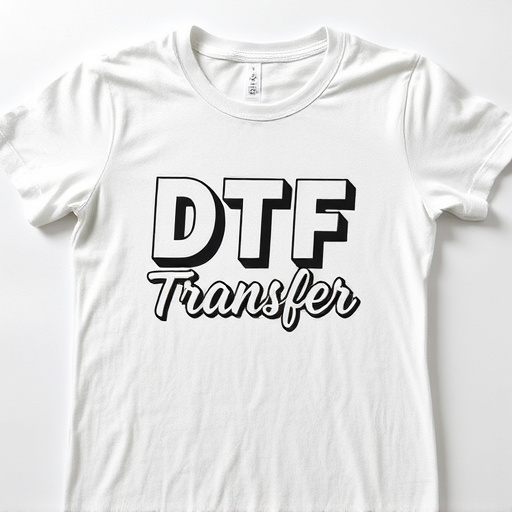
Enhancing Dimensional Accuracy in DTF Transfers is a meticulous process that ensures each detail from the original source is perfectly replicated. In direct-to-film (DTF) printing, achieving precise dimensions is paramount as it directly impacts the final print quality. Advanced techniques such as high-resolution imaging and intricate cutting tools play a pivotal role in maintaining dimensional accuracy.
Professional DTF printers employ sophisticated software that aligns images with submillimeter precision, minimizing any potential distortion or misalignment. Additionally, using high-quality films and inks further contributes to achieving crisp, accurate dimensions in DTF Transfers and prints. This attention to detail ensures that the replicated object looks exactly as it should, down to the smallest contour and texture.
Case Studies: Real-World Applications of DTF Printing
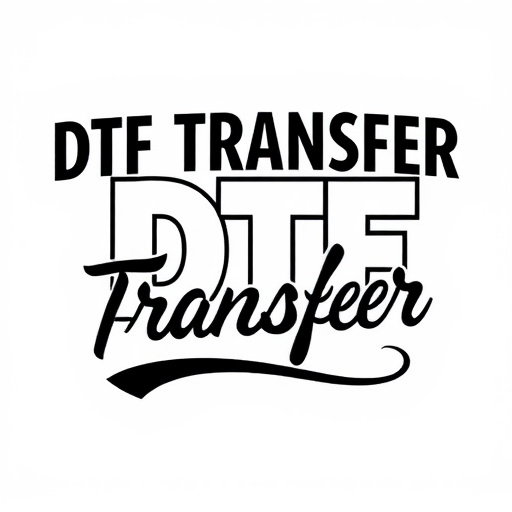
Direct-to-film (DTF) transfer technology has found its place in various industries, offering unique and versatile printing solutions. Case studies from real-world applications highlight the diverse capabilities of DTF printing. For instance, in the packaging industry, DTF is used to create high-quality, full-color labels for consumer goods, allowing brands to showcase their designs and marketing messages effectively. This method has revolutionized labeling by enabling fast production times and precise, vibrant prints.
Another notable application is in the field of signage and advertising. DTF transfer technology enables the creation of durable, outdoor signs and banners with intricate graphics and vivid colors. From street signs to mall advertisements, DTF prints offer a cost-effective and efficient way to showcase branding and marketing content, making them a popular choice for businesses seeking visually appealing and long-lasting solutions.






